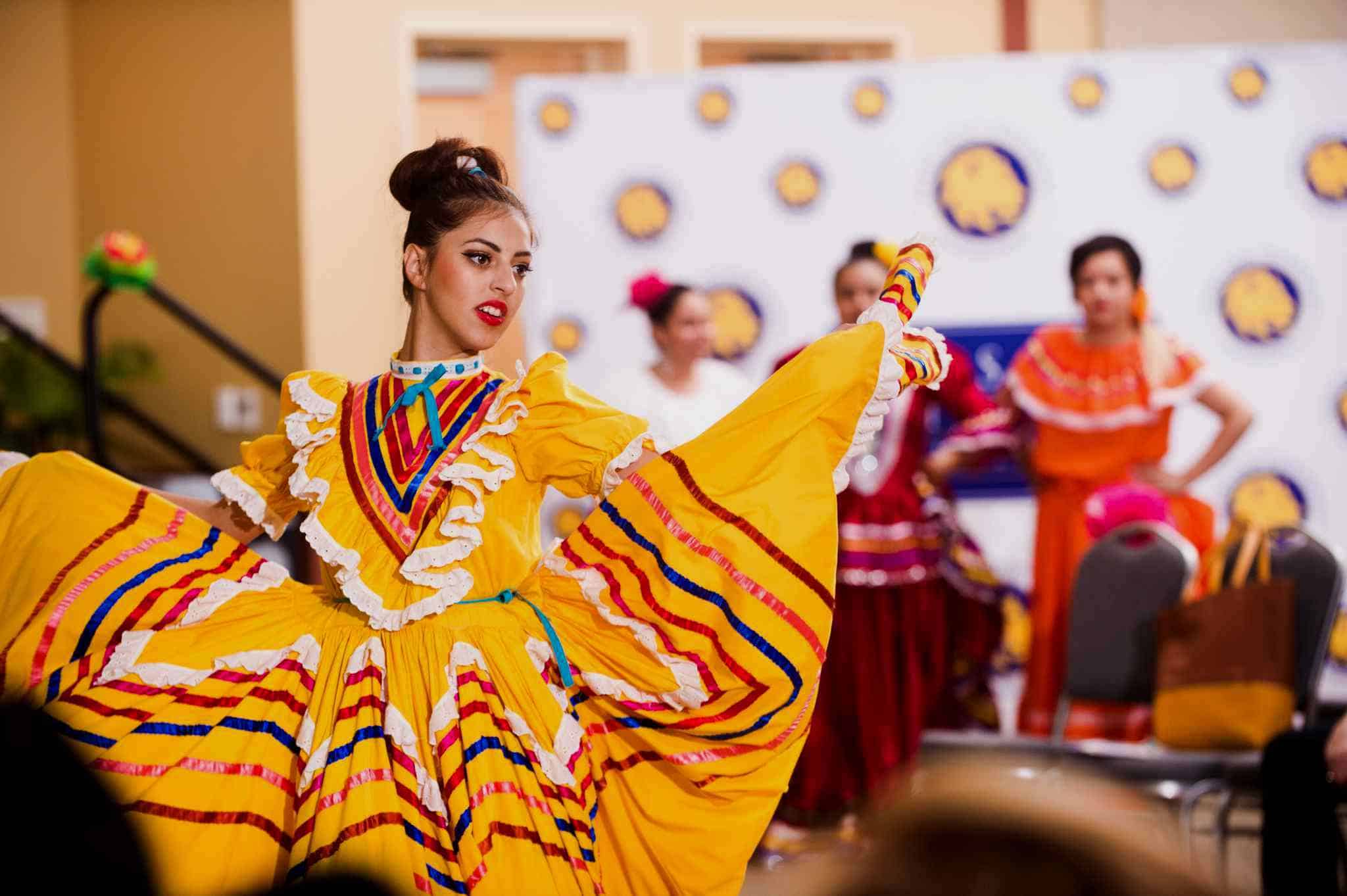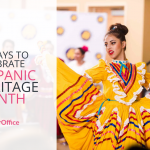28 Sep Hispanic Heritage Month

In observance of the Hispanic Heritage Month, we want to highlight this celebration's history, the controversy surrounding the descriptive name for individuals with Latin American heritage, assumptions, facts, and ways to celebrate Hispanic/Latino/Latinx Heritage Month in your organization.
The Hispanic Heritage Month celebration spans from September 15 to October 15. Congress approved this observance in 1968 as the Hispanic Heritage Week. Two decades later, the celebration was expanded to a month-long observance to recognize and celebrate Hispanics' contributions in the United States.

In the last few years, there has been controversy regarding the terms Hispanic, Latino and Latinx. The long answer by Census guidelines is "OMB defines Hispanic or Latino as a person of Cuban, Mexican, Puerto Rican, South or Central American, or other Spanish culture or origin regardless of race." Latinx is described by Merriam-Webster as a word for people of Latin American descent who do not identify as being of the male or female gender or who do not want to be identified by gender.
You will find that preferences range from being identified based on the specific places of origin (20 countries are part of Latin America), being identified as Hispanic, Latino or Latinx. We all want to be seen as the unique individuals we are, and we all have different preferences. In the spirit of accommodating the individual preferences, the golden rule is to ask each individual about their preference.
Hispanic/Latino/Latinx are extremely diverse in race, religion, age, spoken languages, and more. There are many stereotypes that Hispanic/Latino/Latinx face daily in their workplaces and communities. Here are a few examples to be mindful of:
- Assumption: What a Hispanic/Latino/Latinx looks like?
Fact: We come in all colors and shades! - Assumption: What Hispanic/Latino/Latinx people believe in?
Fact: There are several religious practices over the 20 Latin American countries. - What language Hispanic/Latino/Latinx people speak?
Fact: The language spoken can vary from Spanish to Portuguese, Haitian, Creole, Mayan languages, and more.
Hispanic/Latino/Latinx people are not identifiable by a single narrative. There are some vital statistics to provide insight into why it is essential to seek to understand this group.
- The US Hispanic population reached 60.6 million, the largest single minority group, in 2019.
- The U.S. Census Bureau estimates that by 2060, Hispanics will account for over 28 percent of the entire U.S. population or 119 million people.
- The Hispanic buying power is estimated at 1.7 trillion dollars.
- 71% of Hispanics speak at least some Spanish at home, either primarily or in combination with English.
- The U.S. Census Bureau estimates that from 1996 to 2016, the number of Hispanic students enrolled in schools, colleges and universities in the United States doubled from 8.8 million to 17.9 million. Hispanic students now make up 22.7 percent of all people enrolled in school.
- Over the past 10 years, the number of Hispanic business owners grew 34%, compared to 1% for all business owners in the United States.

As you can see, Hispanic/Latino/Latinx people are and continue to be an essential segment of your potential customers, suppliers, employees, employers, and competition. Have you created a plan to attract, retain, and promote these people in your organization to build products and services that are inclusive and reflective of the Hispanic/Latino/Latinx experience?
Celebrating the Hispanic/Latino/Latinx Heritage Month is not only about focusing on the outstanding food and colorful culture. Plan on increasing awareness of the Hispanic/Latino/Latinx culture and the contributions of this group to this country and your organization. Invest in Hispanic/Latino/Latinx employee development to put them in places where decisions are being made, and let's celebrate!
Share your own plans for celebrating the Hispanic/Latino/Latinx Heritage Month with us at ideas@ouroffice.io.



